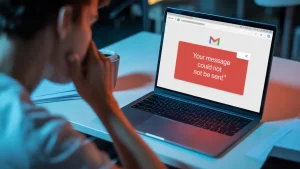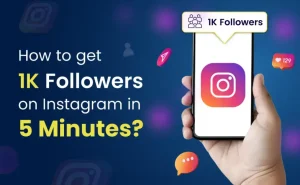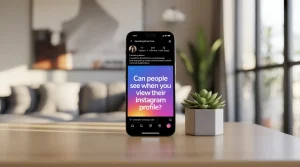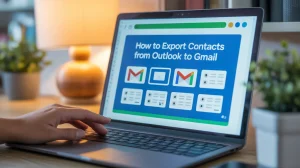
Do Dislikes Matter on YouTube?
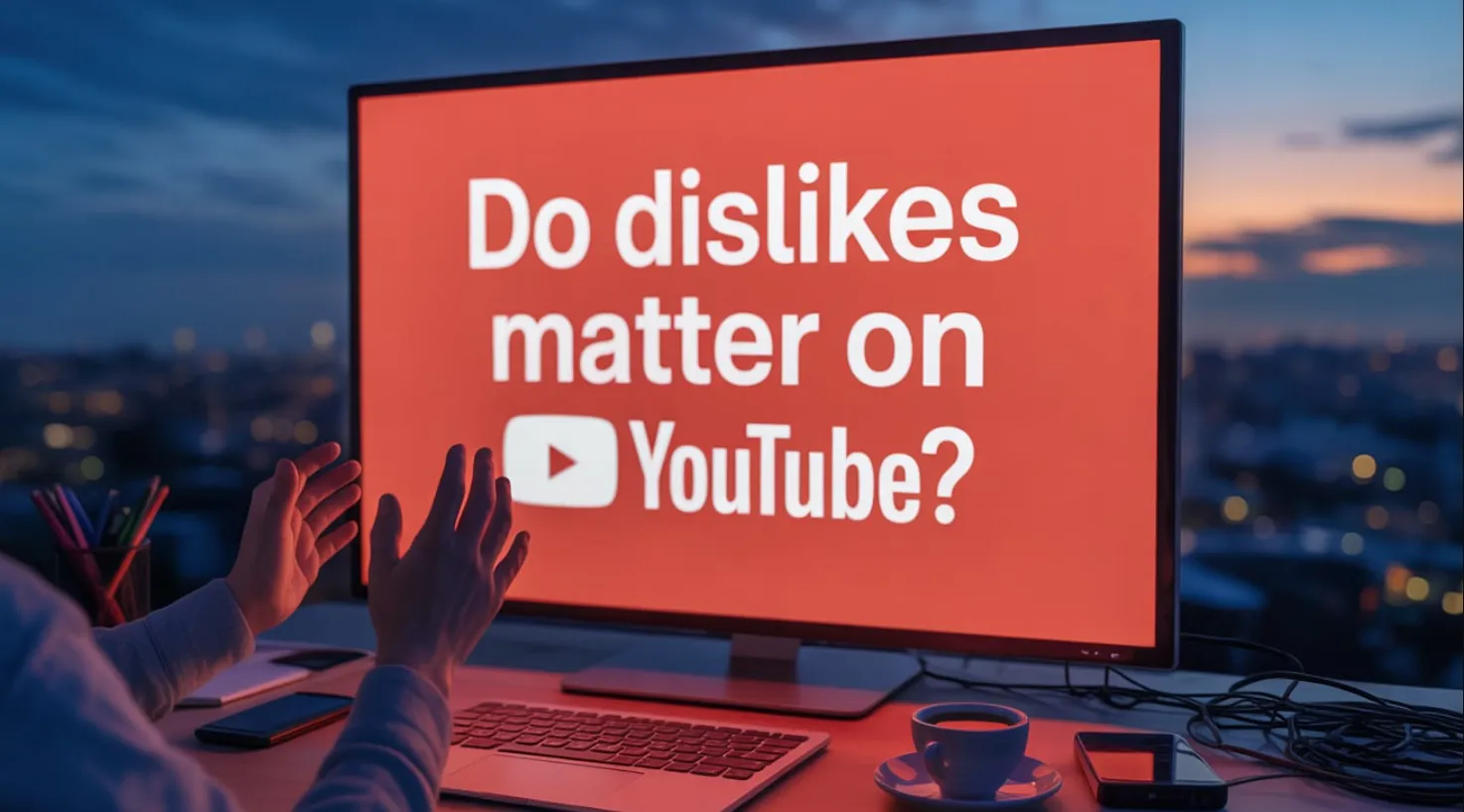
Uncover the truth behind YouTube dislikes. Do dislikes matter on YouTube? Find out how they influence views and engagement for creators.
YouTube has become one of the most powerful platforms in the digital world. With billions of active users, it’s no surprise that creators and brands alike care about their content’s performance. One of the metrics that have sparked a lot of debate over the years is the dislike button. But do dislikes on YouTube really matter? Let’s break it down and see how dislikes affect your videos, your channel, and the overall user experience on the platform.
What Does a Dislike on YouTube Really Mean?
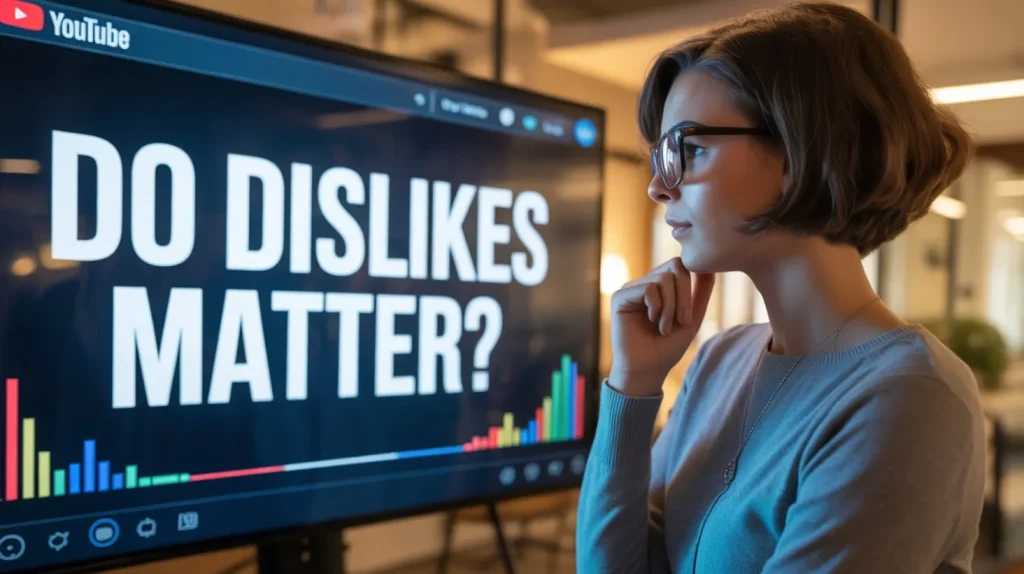
A dislike is more than just a thumbs-down. It’s an indicator that someone didn’t enjoy your content, which can sometimes feel like a slap in the face for creators. But in the grand scheme of things, dislikes offer a lot more than just negative feedback. Here’s what a dislike really means:
-
Viewer Disinterest: Dislikes show that the viewer didn’t find the content engaging or helpful. This can be a learning opportunity for creators to improve.
-
Content Relevance: Dislikes might point to content that doesn’t resonate with the intended audience. It could mean your video isn’t aligned with what people expected or wanted.
-
Viewer Feedback: Though not as constructive as a comment, dislikes are still feedback. They help you understand whether the content is being well-received.
YouTube’s Algorithm and the Dislike Button
One of the major concerns with dislikes is how YouTube’s algorithm reacts to them. Early on, many people believed that the number of dislikes on a video could directly impact its visibility or ranking on the platform. So, how does YouTube handle dislikes now?
YouTube’s New Stance on Dislikes
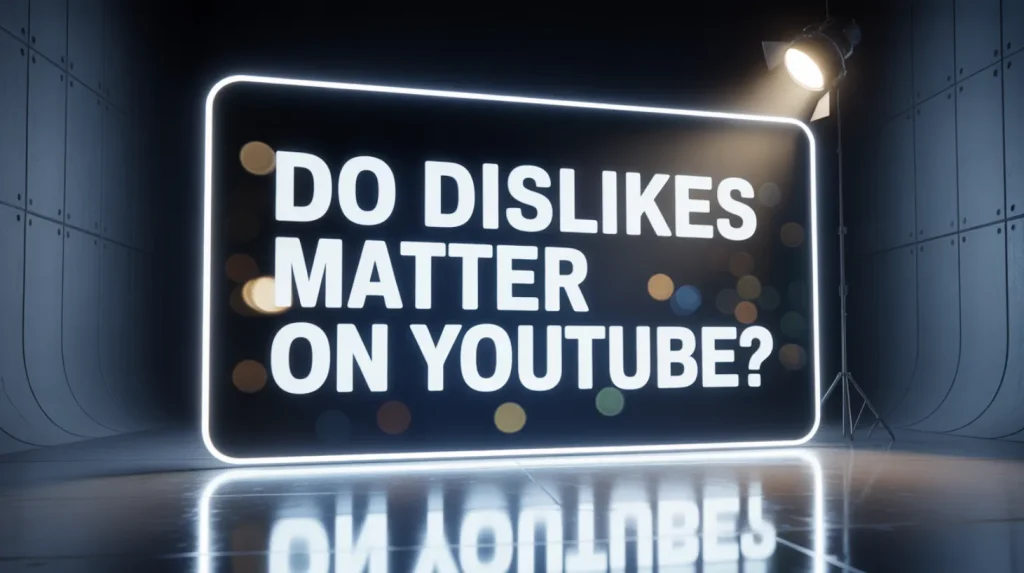
In a major change, YouTube decided to hide dislikes from public view in late 2021. Now, the only person who can see the number of dislikes on a video is the creator. This decision was made to reduce targeted harassment and to foster a more positive environment on the platform.
However, this doesn’t mean dislikes are entirely irrelevant. YouTube still uses the dislike data in its algorithm to evaluate the quality of the content. Here’s what this means:
-
Video Quality: While the dislike count isn’t visible to the public, YouTube still tracks it. If a video gets a high number of dislikes relative to its views, YouTube may take that as a signal that the video isn’t of high quality or isn’t engaging enough.
-
Content Recommendation: Dislikes still play a role in the way YouTube recommends videos. If a video gets a lot of dislikes, it might not be pushed as heavily in YouTube’s recommendation system.
Do Dislikes Impact Your YouTube Channel’s Success?
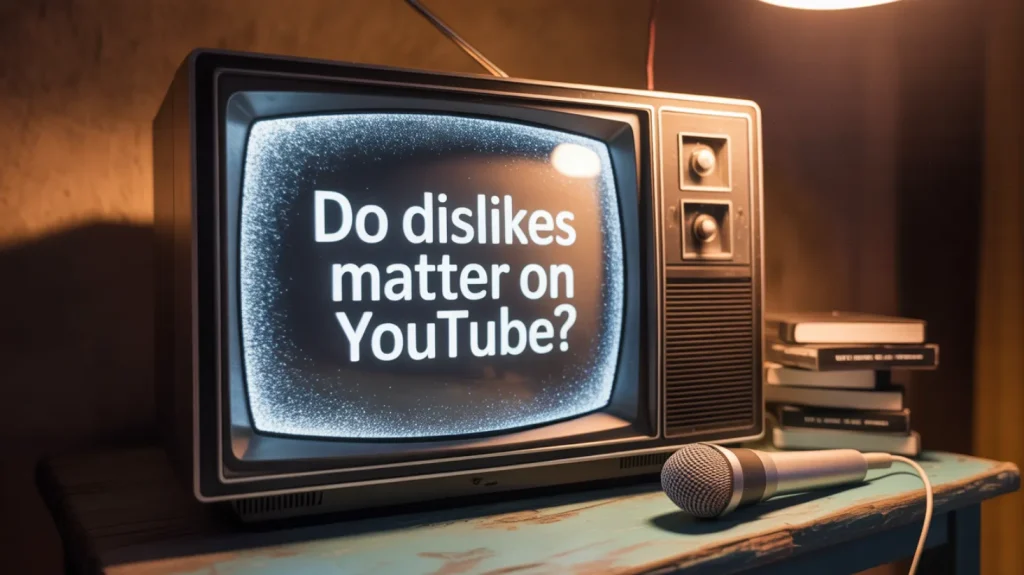
Now let’s answer the burning question: Do dislikes matter for your channel’s growth? In short, they do matter, but perhaps not in the way you think. Here’s why:
1. Dislikes Can Affect Your Engagement Rate
Engagement is one of the most important factors for success on YouTube. A high engagement rate (likes, comments, shares, etc.) tells YouTube that your video is worth recommending. If dislikes are high, it could lower your engagement rate, but it’s not the end of the world.
2. Negative Feedback Can Fuel Improvements
As a content creator, feedback is your friend, even when it’s negative. Dislikes give you insights into what your audience doesn’t like. Maybe your video was too long, or the title was misleading. By learning from these dislikes, you can create more targeted and engaging content in the future.
3. Dislikes and Viewer Retention
YouTube’s algorithm also cares about how long people watch your video. If a video gets a lot of dislikes but people still watch it to the end, it may still be seen as engaging. However, if people drop off early because they don’t like the video, YouTube will take that as a negative signal.
4. Does a Single Dislike Matter?
For most creators, a single dislike won’t make a big impact. However, if you’re constantly getting dislikes on your videos, it could mean that your content is not hitting the mark. It’s a good idea to look at the bigger picture instead of getting discouraged by a single downvote.
Can You Prevent Dislikes on YouTube?
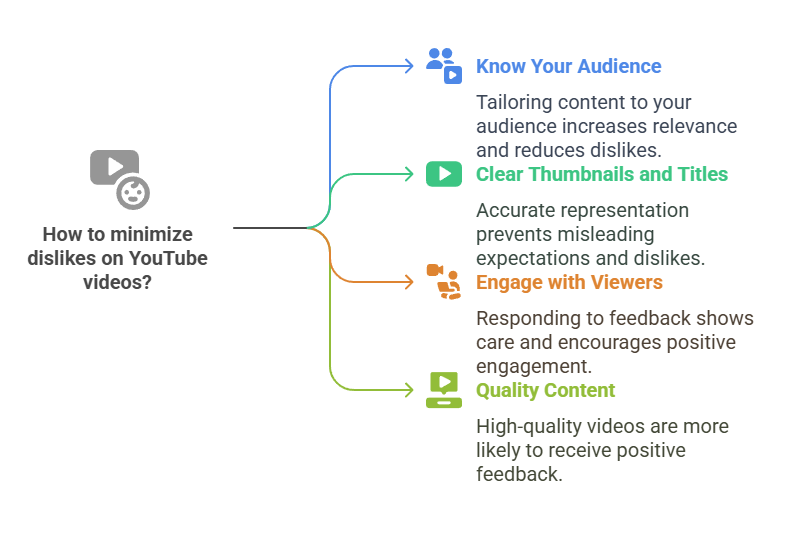
Here’s the reality: you can’t prevent dislikes entirely. It’s a part of the YouTube ecosystem. But you can certainly minimize them by creating content that your audience loves. Here are a few tips to reduce dislikes on your videos:
-
Know Your Audience: Always tailor your content to your target audience. The more relevant your videos are, the less likely they are to receive dislikes.
-
Clear Thumbnails and Titles: Make sure your thumbnails and titles accurately represent your video content. Misleading titles often lead to dislikes.
-
Engage with Viewers: Respond to comments and feedback, whether positive or negative. This shows that you care about your audience’s opinions.
-
Quality Content: Always strive to create high-quality, engaging videos. If people love your content, they are more likely to leave positive feedback rather than dislikes.
The Bigger Picture: Do Dislikes Matter for YouTube’s Success?
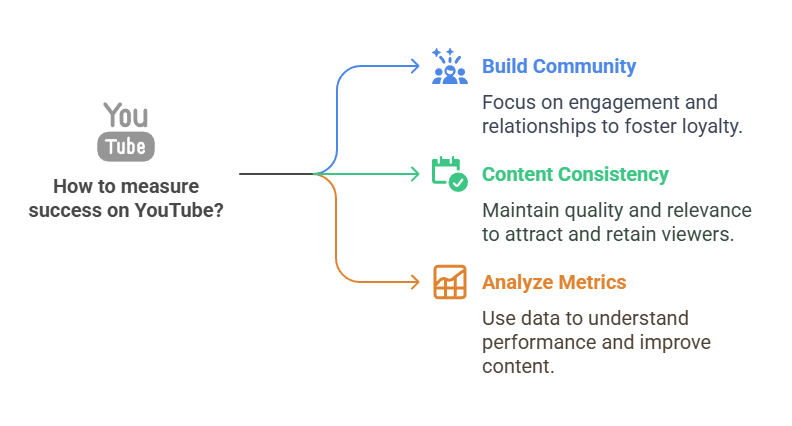
While dislikes are a form of feedback, they’re just one small piece of the puzzle. The true measure of success on YouTube comes from creating content that resonates with your audience and keeps them coming back for more. Focus on:
-
Building a Community: Engagement is about more than likes and dislikes. Responding to comments, building relationships, and creating a loyal audience is far more valuable than worrying about a handful of dislikes.
-
Content Consistency: The more consistent you are in uploading videos that are high in quality and relevance, the better your chances of avoiding dislikes and gaining subscribers.
-
Analyzing Metrics: Pay attention to other metrics like watch time, audience retention, and comments. These provide a much better view of how your content is performing.
Conclusion: Embrace Feedback, Don’t Fear Dislikes
At the end of the day, dislikes don’t define your success on YouTube. They’re just one form of feedback among many. While they might feel discouraging, they provide valuable insights that can help you improve your content. Focus on creating high-quality, engaging videos that serve your audience’s needs. If you do that consistently, the dislikes will fade into the background while the positive engagement takes the spotlight.
Remember: no matter how much you love your content, there will always be someone who doesn’t. That’s just part of the creative process. Embrace it, learn from it, and use it to grow.

